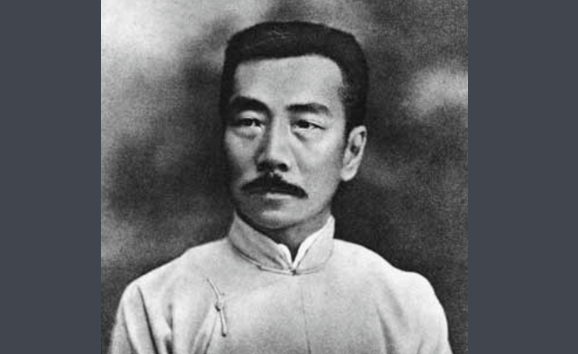1、英文
Lu Xun (1881-1936), formerly known as Zhou Shuren, was born in Shaoxing, Zhejiang Province. In 1902, he went to Japan to study abroad.
He was a doctor in Sendai Medical College. He later worked in literature and art, hoping to change the national spirit.
He returned to China in 1909 and taught in Hangzhou and Shaoxing successively.
After the Revolution of 1911, he served as a member of the Nanjing Provisional Government and the Ministry of Education of the Beijing Government.
He also taught at Peking University and Women's Normal University.
In August 1926, he went south to Xiamen University to be the chairman of the Chinese Department.
He came to Guangzhou in January 1927 and served as Dean of faculty at Zhongshan University.
He arrived in Shanghai in October 1927 and died of tuberculosis on October 19, 1936.
The works, including essays, novels, papers, essays and translated works, have a profound impact on Chinese culture after the May 4th Movement.
His representative works include "Shout", "Wandering", "Dawn and Night Pick up", "Weeds", "Huagai Collection" and "Brief History of Chinese Novels".
2、中文
鲁迅(1881—1936),原名周树人,字豫才,浙江绍兴人。1902年去日本留学,原在仙台医学院学医,后从事文艺工作,希望用以改变国民精神。
1909年回国,先后在杭州、绍兴任教。辛亥革命后,曾任南京临时政府和北京政府教育部部员、佥事等职,兼在北京大学、女子师范大学等校授课。
1926年8月,南下到厦门大学任中文系主任。1927年1月到广州,在中山大学任教务主任。1927年10月到上海,1936年10月19日因肺结核病逝。
作品迹备包括杂文、小说、论文、散文、翻译作品约一千万字,对“五四”运动后的中国文化产生了深刻的影响。
代表作品有《呐喊》、《彷徨》、《朝花夕拾》、《野草》、《华盖集》、《中国小说史略》等。
扩展资料:
鲁迅是20世纪的文化巨人,他在小说、散文、杂文、木刻、现代诗、旧体诗、名著翻译、古籍校闭薯勘和现代学术等多个领域都有巨大贡献。
作轿州者为中国现代文学的伟大奠基者,鲁迅创作的为数不多的小说建立了中国小说的新形式;他所创作散文更是“显示了文学革命的实绩”;
他的所开创的杂文文体富有现代性、自由性、批判性和战斗性,是后世作家最常使用的“批判武器”,他所创作的杂文更是中国社会、政治、历史、法律、宗教、道德、哲学、文学、艺术乃至文化心理、民性、民情、民俗……的百科全书。
几乎所有的中国作家都在鲁迅开创的基础上,发展了不同的方面的文学风格体式。作为翻译家他大量的翻译了外国的文学作品、科学自然作品为开启民智,引入先进的科学文化思想做出了巨大的贡献。
而作为美术爱好者鲁迅大量引进了西方木刻、版画作品,并在精神、理论和精神等多方面支持青年人学习木刻、版画艺术,极大的推进了现代木刻、版画在现代中国的传播与发展,为现代中国的美术事业做出卓越的贡献。
参考资料来源:百度百科——鲁迅




